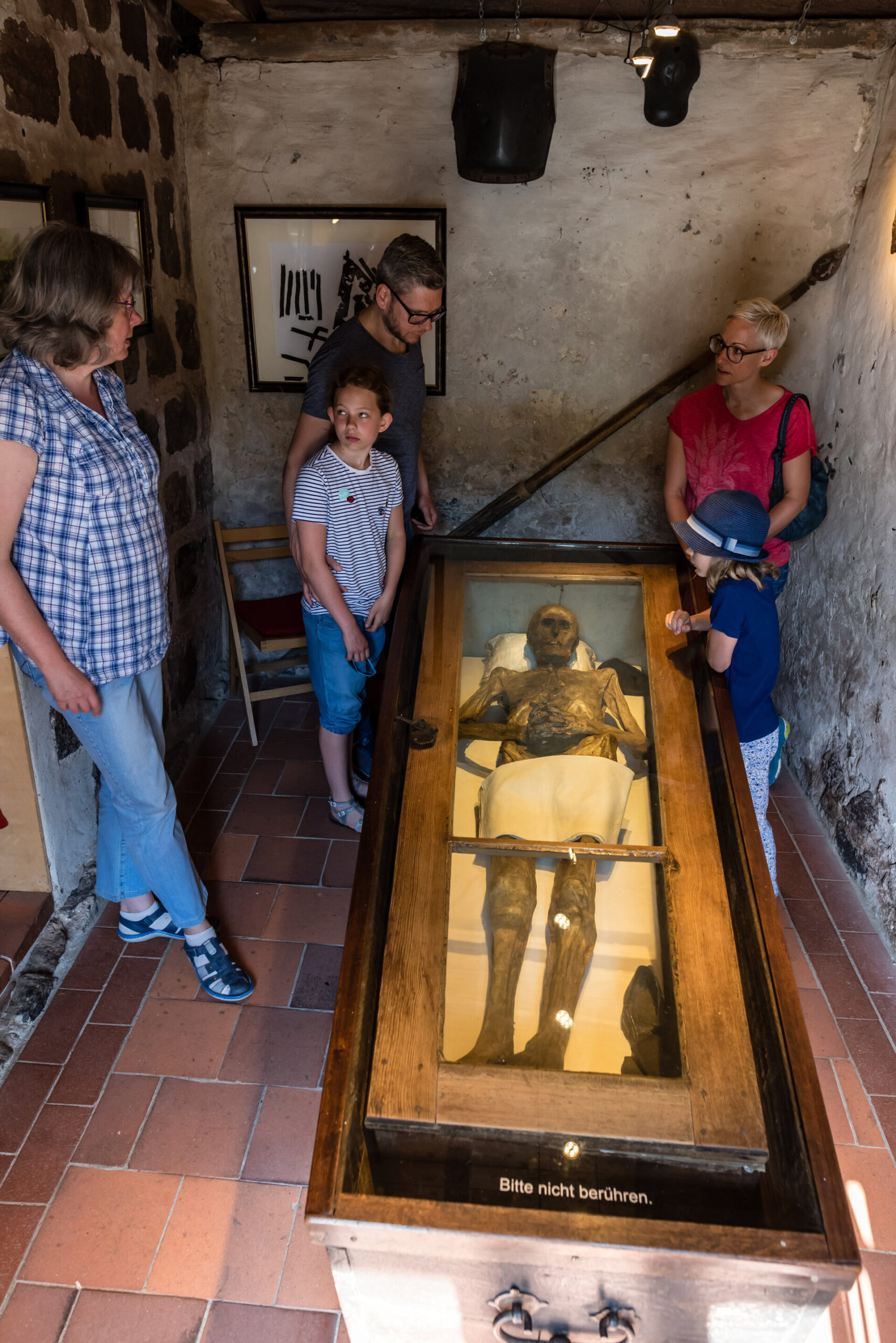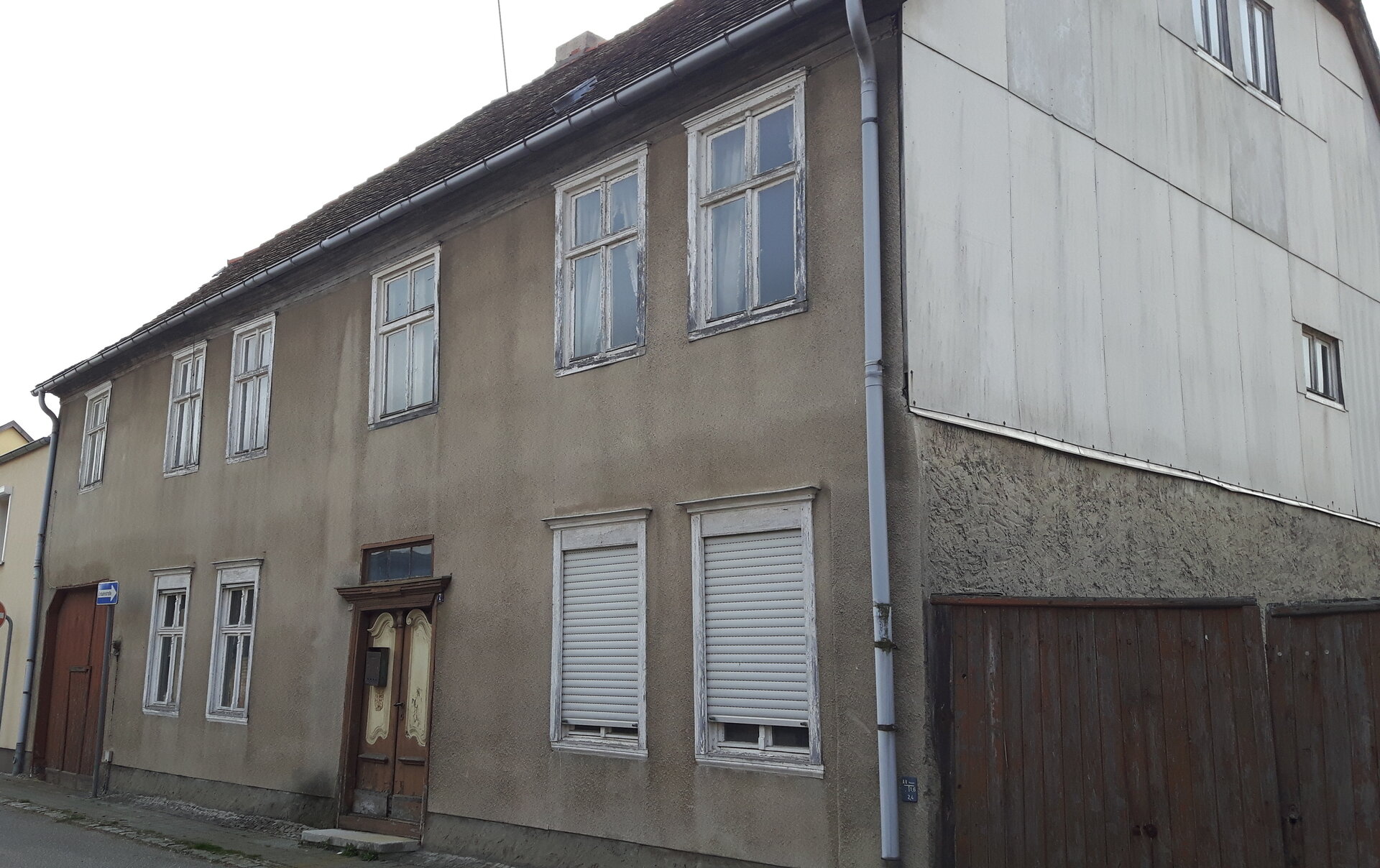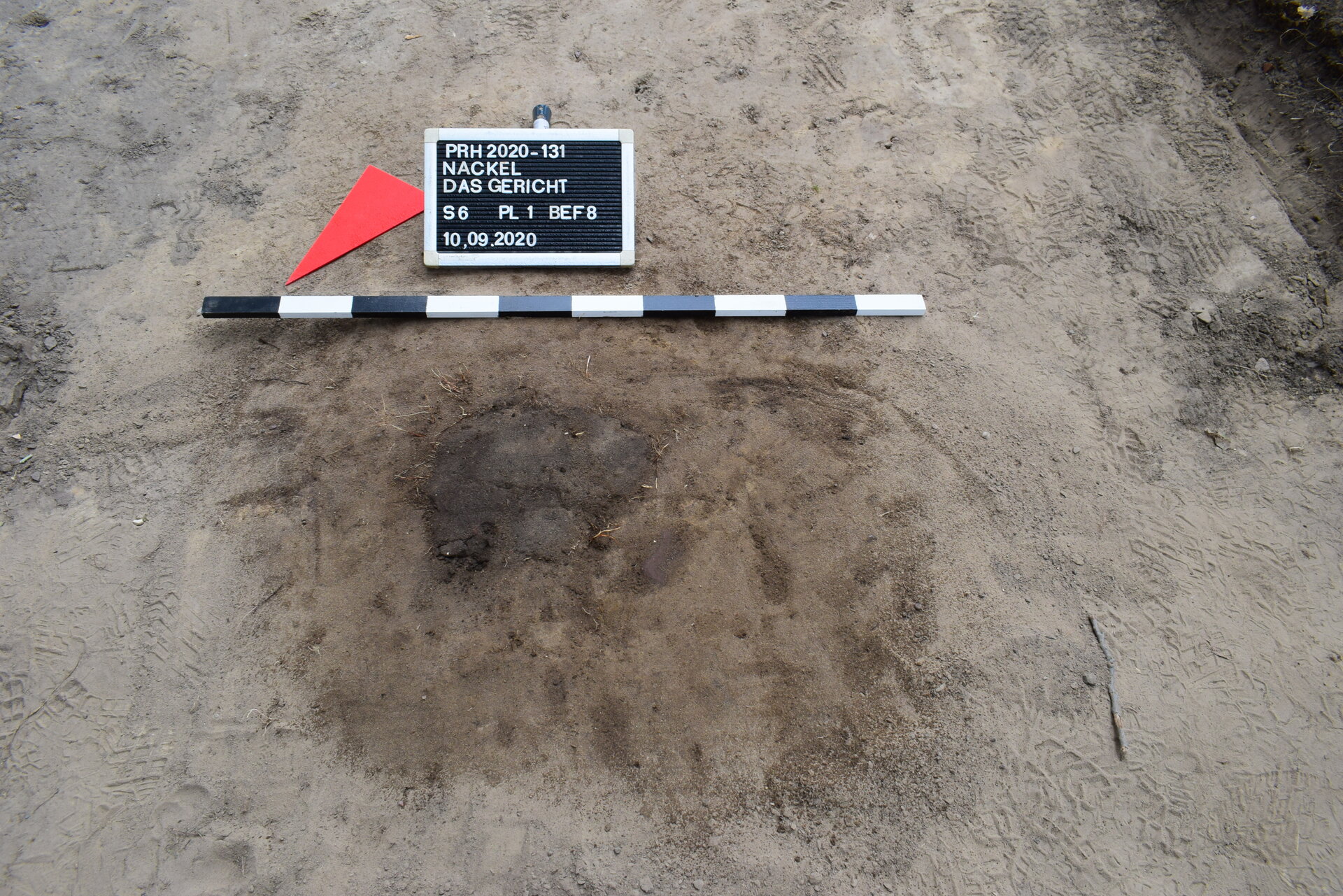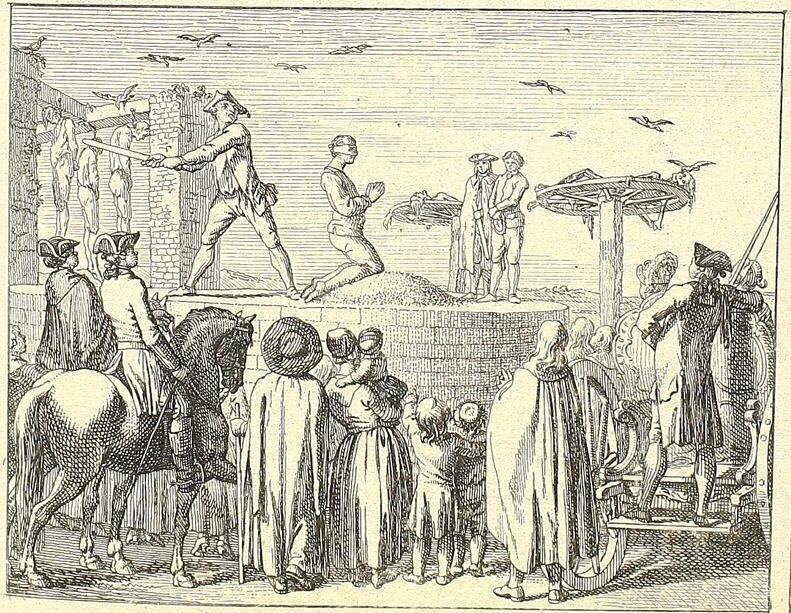This is the first prank...
Kampehl – the story of the mummy of the knight Kalebuz and how he was acquitted by an oath of purification
Wusterhausen/Dosse – City tour with Schinderberg, Scharfrichterhaus and town hall as authentic locations as well as the executioner’s block and the poor sinner’s bell in the Road Museum
The court at Nackel - the place where our excavation was to confirm the lore of the execution of a child killer
background
The executioner wasn't a rough guy who stands at the block with his cleaver and enjoys killing. Rather, he was a state employee with a license to exercise his profession, issued by the elector or king. He had to have good medical knowledge and had learned his bloody profession in a proper training course. His tool was the sword (until 1811) and he wore the normal clothes of his time, which might differ in color or special markings. In most depictions he wears no mask or hood - which would also have been very cumbersome when slashing with the sword.
annotation
This page is still under construction. Later we want to deal with witch trials, robber barons and the influence of the seat of the court on the cities.

Kampehl: Mummy

Wusterhausen/Dosse: executioner's house

Nackel: The court in Nackel

Executioner at work, historical representation
Sources
dr Marita Genesis - archeology of the execution site, including research excavation at Nackel court 2020
and Archeology of the Middle Ages, University of Halle
dr Use Schumann:
Publications in the OPR yearbook and in the Wusterhausen/Dosse chronicle:
775 years of Wusterhausen/Dosse
p. 88, Dr. Ilse Schumann, The Executioner
